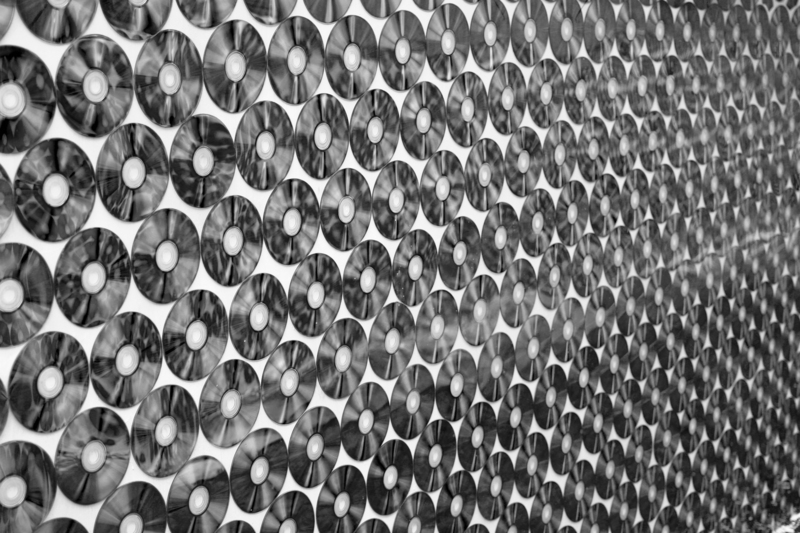
Understanding the Materials Involved in Glass Recycling
Glass recycling is a crucial component of sustainable waste management practices. As a versatile and widely used material, glass is everywhere in our daily lives--from the bottles and jars in our kitchens to the windows in our homes. Recycling glass not only conserves raw materials but also reduces energy consumption and greenhouse gas emissions. To fully appreciate the significance of glass recycling, it's important to understand the materials involved in the process and how they contribute to a circular economy.
The Basics of Glass Recycling
Recycling glass involves collecting used glass products and processing them to form new glass products. This process reduces the need for raw materials and decreases the environmental footprint of glass production. The most common types of glass recycled include bottles and jars, which are made from soda-lime-silica glass.
Types of Glass Used in Recycling
It's essential to know the types of glass involved in the recycling process, as not all glass can be recycled together. The primary categories include:
- Soda-Lime Glass: This is the most prevalent type of glass used in containers like bottles and jars. It's made primarily from silica (sand), soda (sodium carbonate), and lime (calcium oxide).
- Borosilicate Glass: Known for its heat resistance, this glass is used in ovenware and laboratory equipment. It contains silica and boron trioxide.
- Lead Glass: Also known as crystal, this glass contains lead oxide. It's used in decorative items and must be recycled separately due to the heavy metals present.
- Fiberglass: Made from thin strands of glass, this material is used for insulation and other applications. It requires different recycling methods.
Materials Involved in Glass Recycling
Recycling glass effectively requires an understanding of the materials involved in the composition of glass products. Knowing these components helps optimize the recycling process and improve the quality of recycled glass.
Silica (SiO?)
Silica, the primary ingredient in most glass, is derived from sand. It's the backbone of glass production, forming a glass network when melted. Silica is abundant and non-toxic, making it an ideal component for recycling. During the recycling process, cleaned silica can be used almost indefinitely without losing quality.
Other Raw Materials
In addition to silica, glass contains several other raw materials:
- Sodium Carbonate (Na?CO?): Also known as soda ash, it reduces the melting point of the silica, making it easier and more energy-efficient to produce glass.
- Calcium Oxide (CaO): Commonly known as lime, it stabilizes the chemical structure of glass, enhancing durability.
- Alumina (Al?O?): Occasionally added to glass for improved chemical durability.
- Boron Trioxide (B?O?): Used in borosilicate glass for enhanced thermal resistance.
Recycled Glass: Cullet
The star material of glass recycling is cullet--small pieces of recycled glass. Incorporating cullet into the production process offers several benefits:
- Energy Savings: Using cullet reduces the energy required to melt raw materials, cutting energy consumption by up to 25%.
- Raw Material Conservation: Every ton of cullet used can save 1.1 tons of raw materials.
- Emission Reduction: Recycling reduces CO? emissions, as less energy and fewer chemicals need to be processed.
Challenges in the Glass Recycling Process
Despite the numerous benefits, glass recycling isn't without its challenges. Understanding these can help optimize the recycling system and increase efficiency.
Contamination
Contamination is a significant issue in glass recycling. Mixed materials, such as metal caps and paper labels, need to be separated before processing. Foreign objects can reduce the quality of the cullet and complicate the recycling process.
Separation and Sorting
The sorting process is crucial to ensure that different types of glass are recycled appropriately. Not separating borosilicate glass from soda-lime glass during the recycling process can compromise the integrity of the cullet.
Color Separation
Recycling requires careful sorting of glass by color (clear, green, and brown) to ensure that the recycled glass maintains its quality. Different colored glass has different compositions, affecting the properties of the recycled product.
Innovative Solutions in Glass Recycling
To address these challenges, several innovative solutions have been developed:
- Automated Sorting Technologies: These technologies employ advanced optical sorting machines that can quickly and accurately sort glass by color and composition.
- Collection and Deposit Schemes: These programs incentivize consumers to return glass containers, increasing the quality and quantity of glass available for recycling.
- Research into New Uses: Researchers are finding new ways to use recycled glass, such as in ceramics, road materials, and even as a filtration medium.

Conclusion
Understanding the materials involved in glass recycling is key to optimizing the recycling process. By comprehending the different types of glass and the raw materials used in production, as well as the challenges and solutions associated with recycling, we can make informed decisions to promote a more sustainable future. The role of cullet, innovative recycling techniques, and consumer participation are crucial to enhancing the efficiency of the glass recycling industry, paving the way for an eco-friendly world.
For more information on how you can contribute to glass recycling efforts, contact your local waste management services to learn about the available systems and processes.